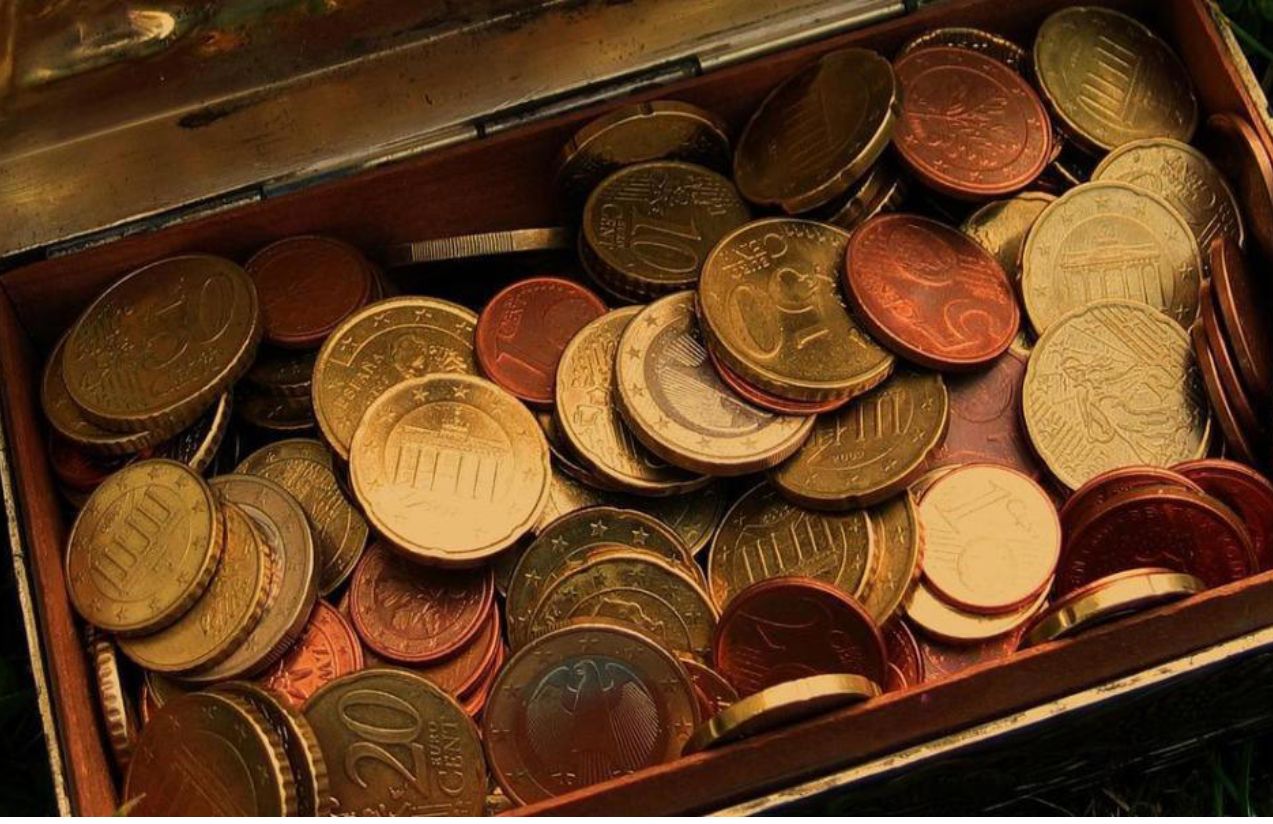A historic Spanish pure-gold coin, known as the Segovian centén from 1609, has resurfaced after four centuries and is causing a sensation among European collectors. Going up for auction on November 24 in Geneva, the piece has an initial price of two million Swiss francs (≈ €2.17 million), according to the firm Numismática Genevensis.
This centén, minted during the reign of Philip III at the prestigious Segovia mint, weighs 339.35 grams, making it one of the largest gold coins of the 17th century. Far from being designed for everyday use, the coin was created as a symbol of Spanish power, intended for diplomatic gifting rather than circulation among the general population.
Its history, and its extreme rarity (this is the only known specimen), make it an exceptional piece, with historical and material value that could set a new auction record.
Why does this centén spark so much interest today?
Because it combines extraordinary numismatic value with a powerful symbolic legacy; it represents both material wealth and imperial diplomacy, and its reappearance may redefine the boundaries of European collecting.

